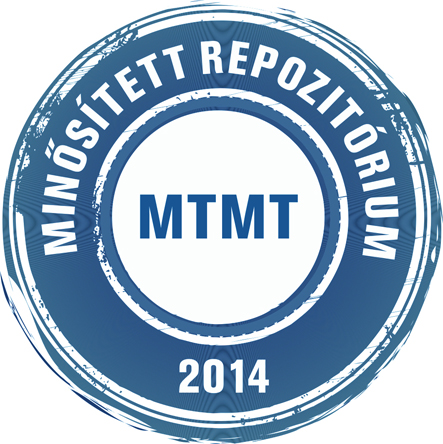Hasoba, Ahmed és Yasin, Emad Hassan Elawad és Osman, Mohamed és Czimber, Kornél (2025) Monitoring Ecosystem Dynamics Using Machine Learning: Random Forest-Based LULC Analysis in Dinder Biosphere Reserve, Sudan. ENGINEERING PROCEEDINGS, 94 (1). ISSN 2673-4591
|
Szöveg
engproc-94-00002.pdf Download (3MB) |
Absztrakt (kivonat)
Dinder Biosphere Reserve (DBR), a UNESCO-recognized biodiversity hotspot in Sudan, faces escalating land-use pressure. We analyzed land cover changes from 2019 to 2024 using Sentinel-2 imagery processed in Google Earth Engine. A Random Forest classifier identified five land cover classes: water, built-up areas, vegetation, bare land, and crops. The transition matrix revealed significant changes over this period. About 1501 km2 of vegetation and 1648 km2 of cropland were converted to bare land. Built-up areas lost 95 km2 to bare land. Bare land remained largely unchanged (4749 km2), while water bodies were the most stable (13,473 km2 unchanged). Only minor transitions involved water (27.6 km2 to vegetation, 15.2 km2 to bare land). Notably, 411 km2 of cropland and 1773 km2 of bare land transitioned to vegetation, indicating some regrowth. These land cover changes reflect a dynamic interplay between degradation and recovery processes; however, the results should be interpreted with caution due to potential classification inaccuracies, seasonal variation in imagery, and absence of field validation. Continued satellite monitoring is essential to guide adaptive land management and safeguard ecosystem function in DBR.
Tudományterület / tudományág
agrártudományok > erdészeti és vadgazdálkodási tudományok
természettudományok > környezettudományok
Kar
Nem releváns
Intézmény
Soproni Egyetem
| Mű tipusa: | Cikk |
|---|---|
| SWORD Depositor: | Teszt Sword |
| Felhasználó: | Csaba Horváth |
| A mű MTMT azonosítója: | MTMT:36212312 |
| Dátum: | 26 Jún 2025 09:25 |
| Utolsó módosítás: | 26 Jún 2025 09:25 |
| URI: | http://publicatio.uni-sopron.hu/id/eprint/3651 |
Actions (login required)
 |
Tétel nézet |


 Repozitóriumi letöltési statisztika
Repozitóriumi letöltési statisztika Repozitóriumi letöltési statisztika
Repozitóriumi letöltési statisztika
